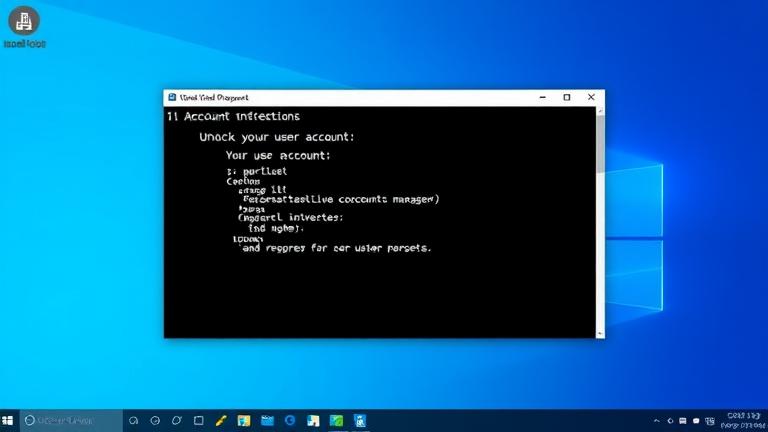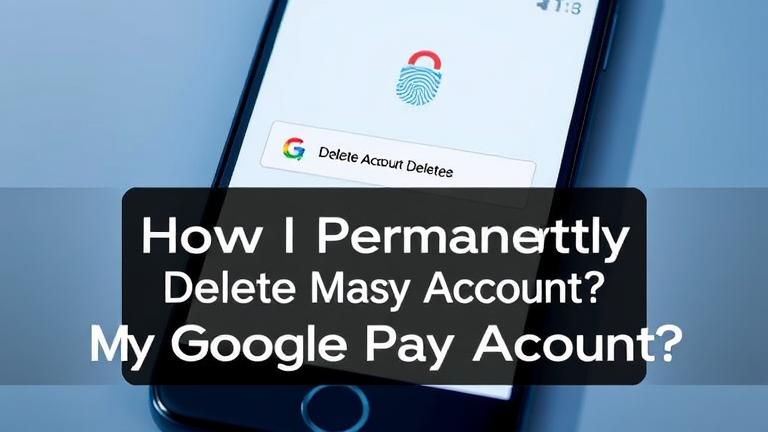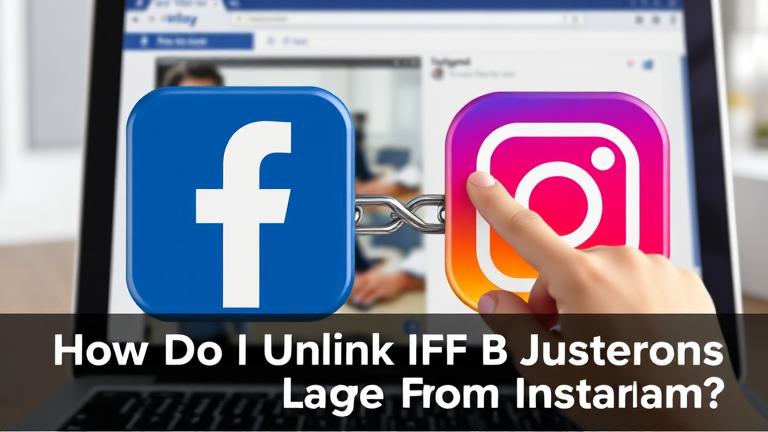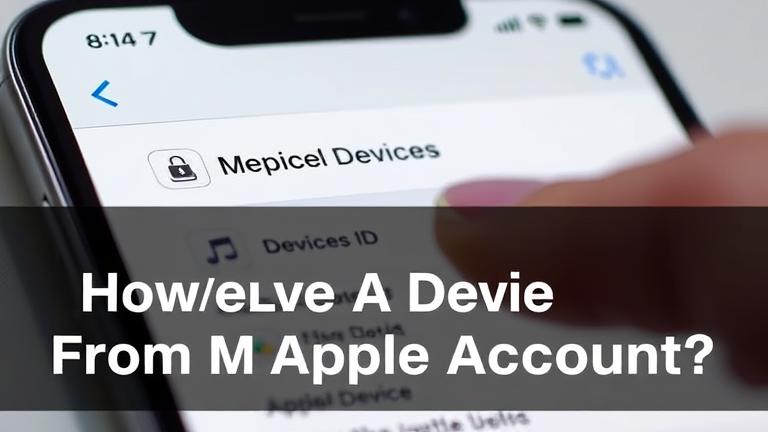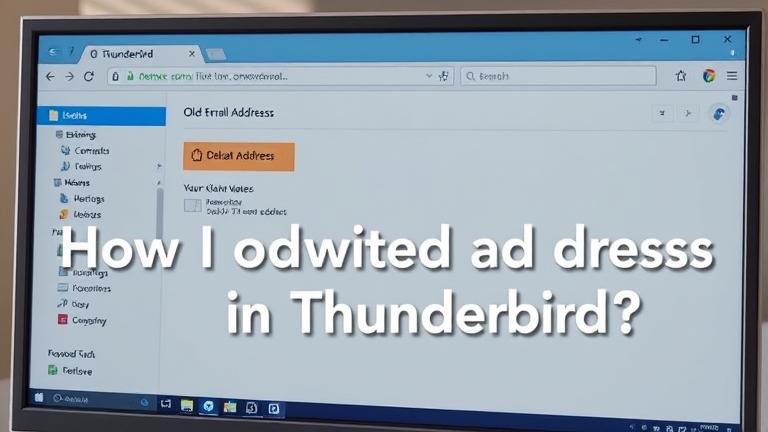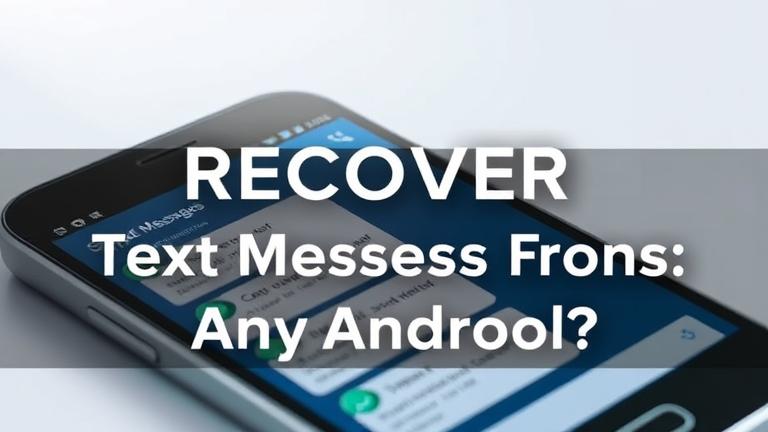Common Reasons for User Account Lockout in Windows 10 and Importance of Prompt Unlocking
User accounts in Windows 10 can become locked for a variety of security reasons, primarily to prevent unauthorized access and protect sensitive data. Recognizing why an account might be locked and responding promptly is crucial not only for security but also for maintaining workflow continuity. This section explores common causes of account lockouts and emphasizes the necessity of swift unlocking.
Common Causes of Account Lockout
- Multiple Incorrect Password Attempts: Repeatedly entering an incorrect password activates system or administrator-defined lockout policies. Once a set threshold of failed attempts is reached, the account is temporarily locked to thwart brute-force attacks (Microsoft Support).
- Expired Passwords: Windows 10 can enforce password expiration policies. If a password isn’t reset after expiry, the account becomes inaccessible until it is updated, often prompting an alert or lockout.
- Account Lockout Policies: System administrators configure policies that lock accounts after a predefined number of failed login attempts, serving as a protective security measure (Microsoft Support).
- Suspicious or Unauthorized Activity: Security settings may automatically lock accounts if unusual activities are detected, such as login attempts from unfamiliar locations or devices.
Why Prompt Unlocking Is Crucial
- Security Maintenance: Unlocking accounts quickly prevents potential security breaches if the lockout was triggered due to malicious activity. Prompt action ensures that legitimate users retain access while security isn’t compromised.
- Access Continuity: Users depend on rapid access to perform their tasks efficiently. Delayed unlocking can disrupt workflows, especially in critical business environments.
- Preventing Further Lockouts: Extended lockouts increase security risks and may lead to cascading lockouts if users repeatedly fail login attempts, sometimes triggering broader system restrictions.
Best Practices for Handling Account Lockouts
- Regularly update passwords ensuring they comply with complexity requirements.
- Enable notifications for account lockouts to alert users and administrators to suspicious activity (Microsoft Support).
- Coordinate with IT support to review and adjust lockout policies, balancing security and ease of access.
Understanding the reasons behind account lockouts and acting swiftly to unlock accounts is vital for maintaining security integrity and ensuring seamless user experience. Regular review of policies and timely responses contribute to effective account management.
Guide: How to Unlock User Accounts via Command Prompt in Windows 10
To securely and effectively unlock user accounts in Windows 10 using Command Prompt, follow these step-by-step instructions:
Step 1: Open Command Prompt as Administrator
- Click on the Start menu.
- Type “cmd” or “Command Prompt” in the search bar.
- Right-click the “Command Prompt” app and select “Run as administrator”.
Step 2: Check the Account Status
net user [username]Replace [username] with the actual username. The output will indicate if the account is active or locked. If locked, you will see “Account active: No
Step 3: Unlock the User Account
net user [username] /active:yesAgain, substitute [username] accordingly. This command reactivates (unlocks) the account.
Step 4: Verify the Account is Unlocked
net user [username]Confirm that “Account active” displays as “Yes“.
Additional tips:
- To unlock multiple accounts, repeat the commands for each user.
- Always run Command Prompt as an administrator for proper permissions.
- Ensure you have the necessary rights to modify user accounts.
For more detailed commands and security advice, visit the official Microsoft documentation.
Common Problems & Solutions During Account Unlocking
During the unlocking process, you may encounter issues such as forgotten passwords, account lockout due to multiple failed login attempts, or account suspension arising from suspicious activity. Here’s how to troubleshoot and resolve these problems.
Typical Problems
- Forgotten Passwords: Users may not remember their passwords, necessitating a reset.
- Account Lockouts: Multiple failed attempts lead to automatic or manual lockouts.
- Suspended Accounts: Security policies may suspend accounts after suspicious activity.
- Verification Challenges: Difficulties in verifying identity if recovery options are outdated.
Practical Solutions
- Use the “Forgot Password” feature or password reset options provided.
- Verify your identity via security questions, registered email, or phone.
- Contact IT support or customer service for assistance if necessary.
- Ensure recovery information (email, phone) is current and accessible.
- Maintain strong, unique passwords to minimize lockouts in the future.
Tips for Prevention and Management
- Update recovery options regularly to streamline account recovery.
- Monitor login activity logs for suspicious entries.
- Educate users about secure password practices and recognizing phishing threats.
- Enable account lockout notifications to respond promptly.
Best Practices for Managing User Accounts in Windows 10
Effective account management in Windows 10 requires a balanced approach combining security, automation, and user convenience:
- Password Policies: Enforce complex password requirements and regular updates.
- Multi-Factor Authentication: Add multiple verification steps for added security.
- System Updates: Keep OS and software current to patch vulnerabilities (Microsoft Security Documentation).
- Automation Tools: Utilize the Local Users and Groups snap-in or PowerShell scripts to automate user account tasks.
- Account Lockout Policies: Configure these policies to mitigate brute-force attacks.
- Monitoring and Logging: Regularly review activity logs for suspicious activity.
- User Education: Educate users on security best practices, such as strong passwords and recognizing phishing attempts.
- Group Policy Management: Use GPOs to enforce consistent security policies across all accounts.
Implementing these strategies creates a secure, manageable environment that minimizes account lockouts and simplifies administration. For more detailed guidance, consult Microsoft’s official security documentation.
